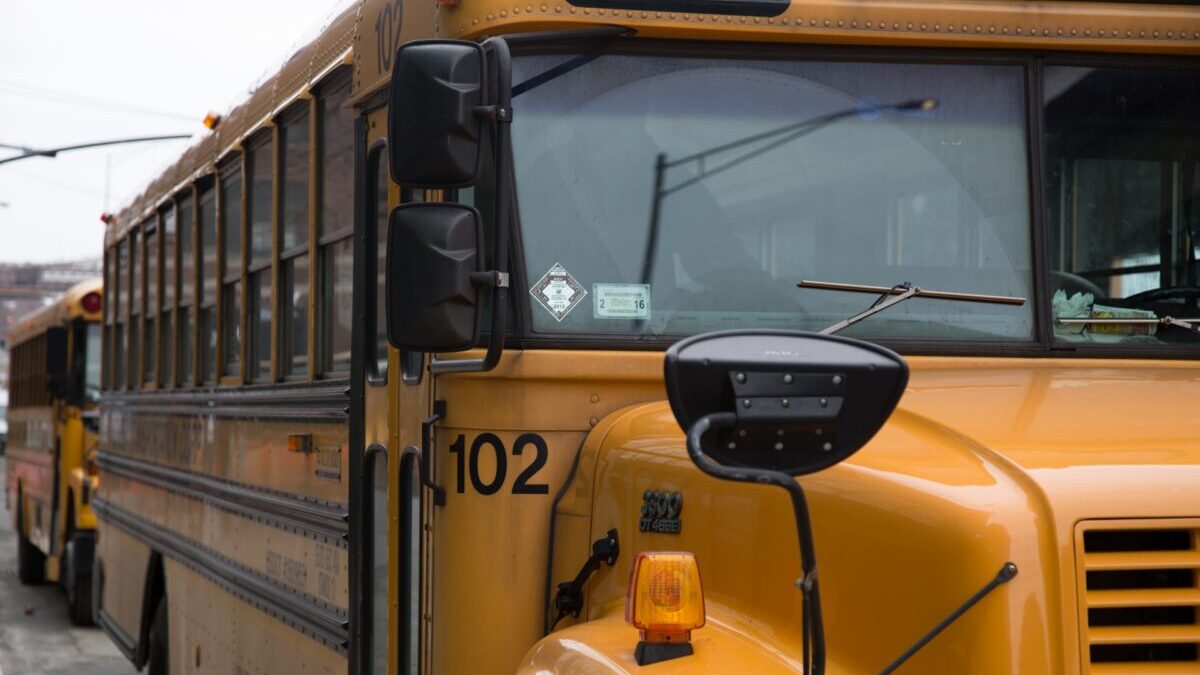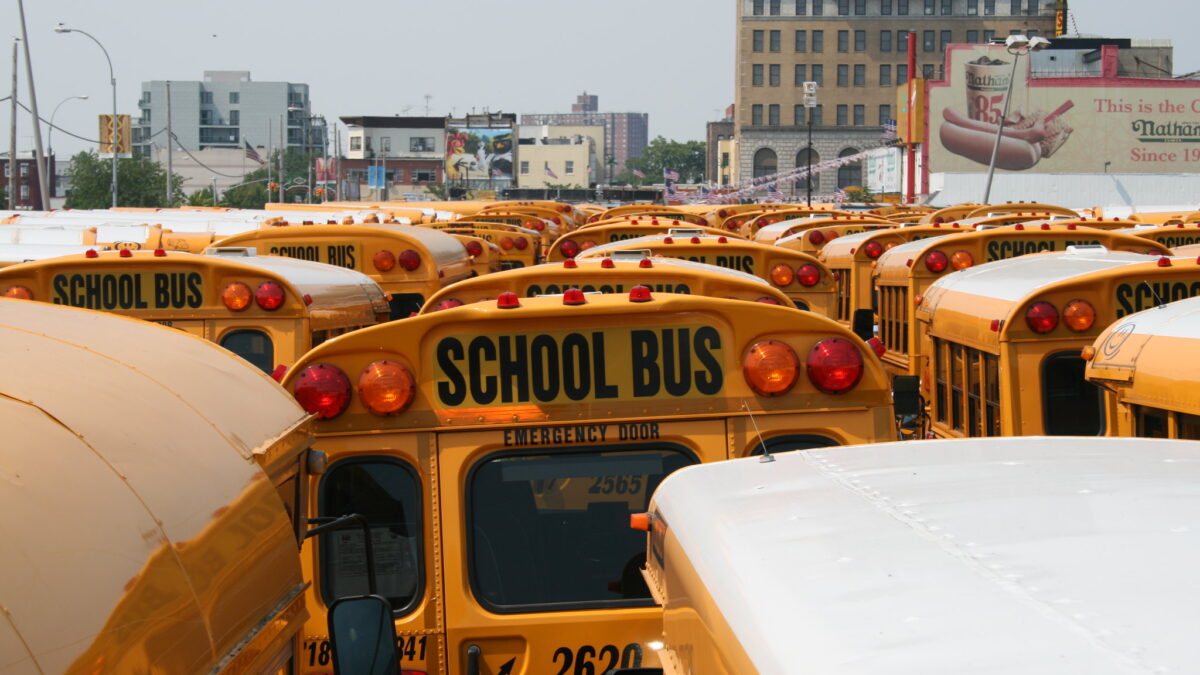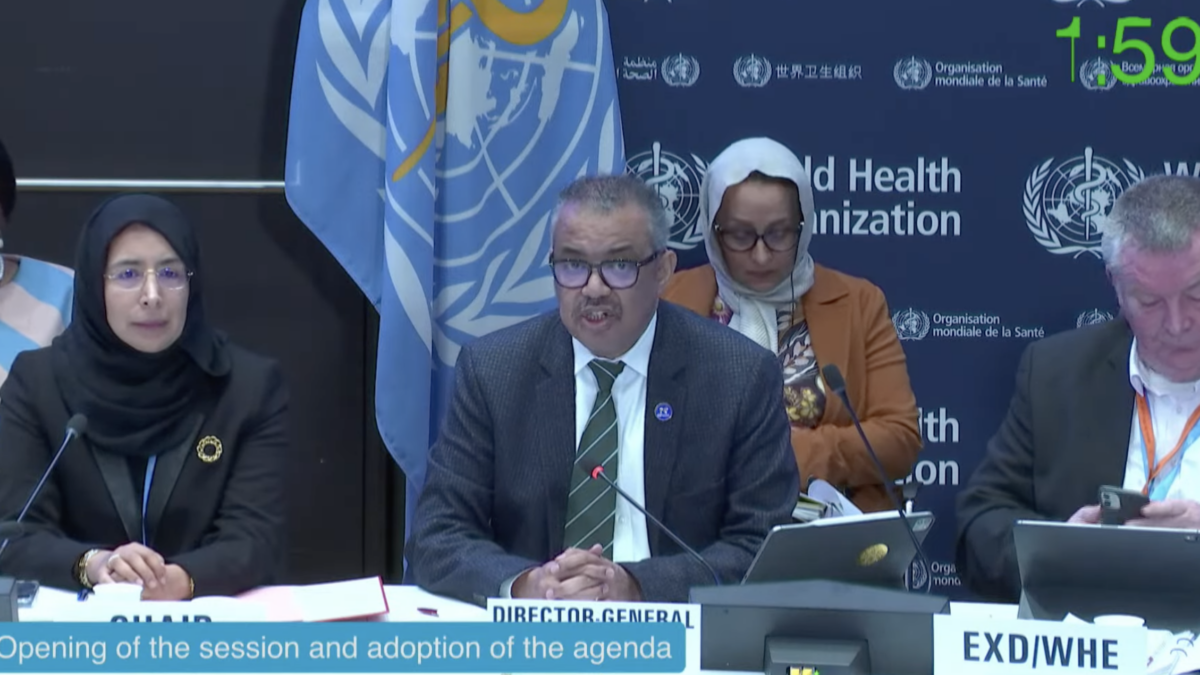After two months of time away from the classroom, teachers are now returning to school to prepare for the new school year. While students savor that final week of summer, their administrators and teachers are patiently sitting through endless meetings and trainings, mentally making big plans for the arrival of students and making this new year the best year ever.
Except this year, there will be fewer students. All over the country, public schools are experiencing a noticeable decline in enrollment. According to a recent report, “Enrollment in preschool to 12th grade dropped by 2.6% across 41 states last fall.” This doesn’t sound like much, until one realizes that it’s 2.6% of nearly 50 million students, which equates to 1 million students missing from public school classrooms this Fall.
As always, the reason given for this drop in enrollment — along with any other concerns in education — has been Covid. Of course, the reasoning behind blaming Covid is always a little fuzzy. True, parents pulled their kids out of schools when the schools were shut down or forcing them to smother their faces with useless masks. But why wouldn’t those same parents put them back in school when all this is over?
Although the situation may be different in blue states like California, where certain districts are still mandating masks or Covid jabs, in most states, Covid is a fading memory. Particularly in my state of Texas or other red states, the schools have reopened and things have returned to normal. It makes no sense that, according to the AP report, San Antonio’s district officials are “hosting town halls where families can ask experts questions about COVID-19 vaccines” nor continue to “offer a fully virtual schooling option.”
This may be hard for district administrators to hear, but parents aren’t pulling their kids out of public school because of Covid. They are doing so because public schools have serious problems that aren’t being fixed.
Covid Reveals Public Schools’ Problems
While Covid caused its fair share of challenges, it did do the great service of revealing the many deep-seated problems afflicting the majority of public schools. When campuses were shut down and went remote, otherwise satisfied parents were suddenly confronted with the lack of rigor, order, and overall purpose in their schools. They would see their child log in to their class, do ten minutes of work, and be done for the day. If they were “fortunate” enough to have their children learn in-person, they would see that they basically did the same thing as the kids learning remotely, except they had to be in a classroom in silence six feet away from other students who had their faces covered.
It was actually supposed to be the last school year (2021-22) that would be the rebound year, not this one (2022-23). Students were returning to school once again, virtual learning was phased out or eliminated completely, and kids could be back in a stable environment with their friends. By the fall of 2021, everyone either had gone through Covid, taken the shot, or both. Everyone could leave behind the previous year and get back to playing football, boosting their GPA, and preparing for life after school.
However, the difficulties brought on by Covid led to a post-Covid complacency — even if the virus wasn’t a threat anymore, it could still be a convenient scapegoat for ongoing problems. So, while this past year (2021-22) was much better than the miserable year prior (2020-21) when Covid fears were at their peak, many of parents’ other concerns simply weren’t addressed. Classes were still ridiculously easy, kids were even more addicted to their screens, behavioral discipline was nonexistent, and depression and anxiety continued to be big problems.
Gimmicks to Respond to Problems
Exacerbating these problems were the gimmicks that districts employed in response. When they decided failures were the problem, they took on standards or competency-based grading, a grading system that made failure practically impossible. When they thought student safety was the problem, they adopted restorative discipline, which made effective punishment for misbehavior practically impossible. When they thought student engagement was the problem, they introduced project-based learning, which made objective assessment practically impossible. When they thought student’s mental health was a problem, they implemented Social Emotional Learning (SEL) programs, which made authentic relationship-building impossible.
This is to say nothing of the more radical ideas like Critical Race Theory and Gender Theory that have infiltrated more than a few schools and districts. It should be remembered that not only did these particularly toxic modes of thinking appeal to leftist educators who agree with the agenda, they are also appealing to gullible educators who think they might help with the problems at their respective campuses.
Quite understandably, parents are tired of all this and seeking out alternatives. And this doesn’t just include parents of little means with kids stuck in dangerous and dysfunctional neighborhood schools. It includes parents of all backgrounds in all areas, from the most affluent suburb to the poorest slum. Their schools are falling short in significant ways, and no one seems to take any meaningful action to reform them.
Parents Desperate for Change
I happen to be one of those parents. While I’m proud of the work I do as a teacher and would vouch for all my colleagues, I strongly disagree with the policies and approaches in nearby public schools that lower standards, enable bad behavior, and hurt the school culture. I’d rather have a wholesome, screen-free environment where teachers will use time-tested classic materials that will help students grow. Furthermore, I want a school that doesn’t tolerate bullying, disruptions, and chronic mediocrity. These students should be punished and expelled if necessary, not thrown back in with good kids who are following rules and working hard.
Most parents feel the same way I do. I would even say that most educators feel the same. And yet, nothing happens, and we all learn to accept all the madness and sadness plaguing our public schools — or we pull our kids and invest our hopes in a fledgling charter school or take on homeschooling.
If public schools hope to bring back me and other parents, they need to offer more than gimmicks and excuses. It’s not all that hard. Public schools have far more resources and receive far more funding than any private or charter school. They can hire better teachers, create better curriculum, purchase any number of tools for record keeping, and can easily meet the diverse needs of their students. The only thing that holds them back is their complacence — they don’t need to change, so they won’t.
Until this attitude changes — either through replacing school boards, pressuring district and school administrators, or pulling students out and enrolling them elsewhere — enrollment will continue declining long after anyone remembers what Covid was.









